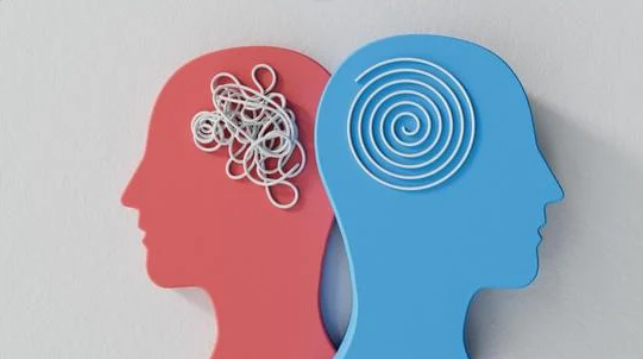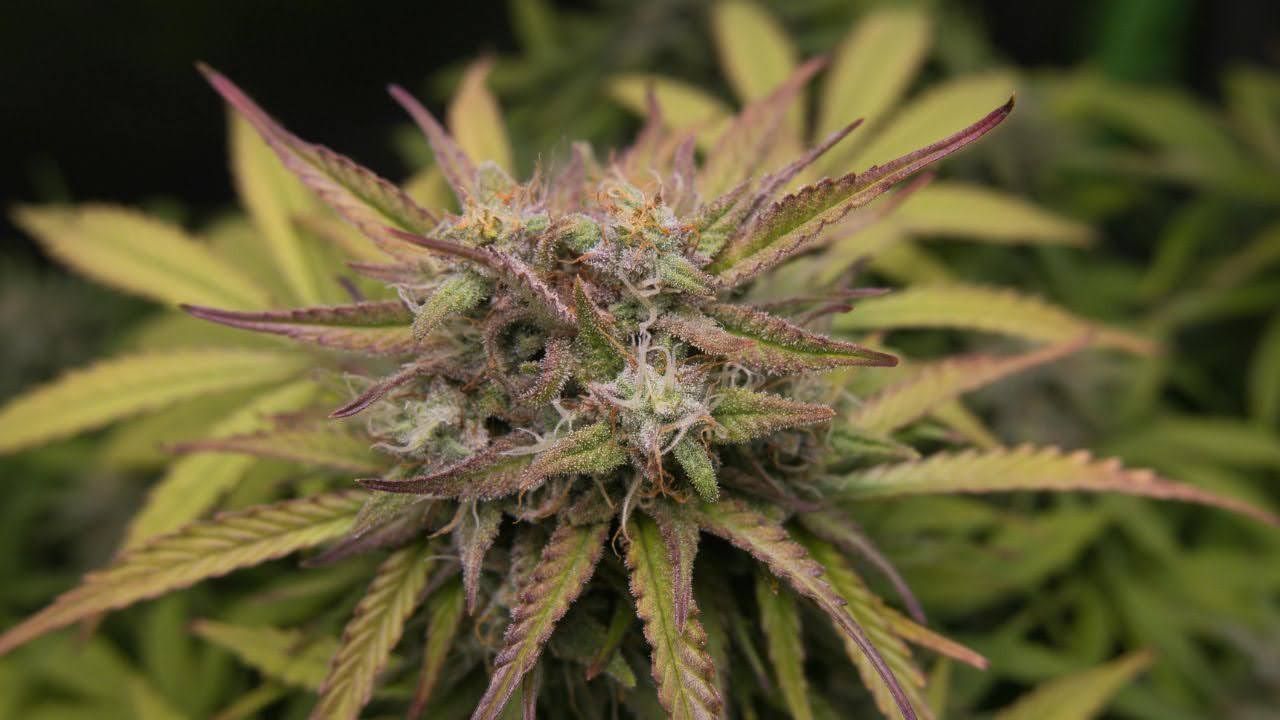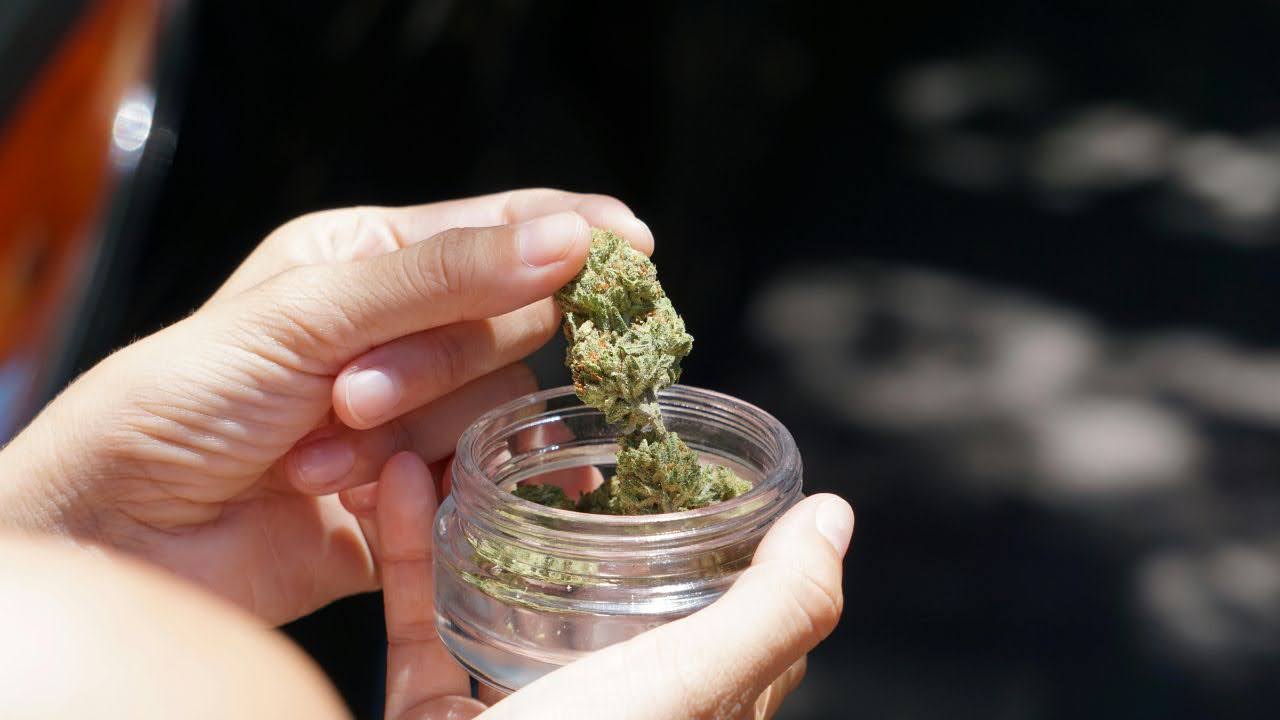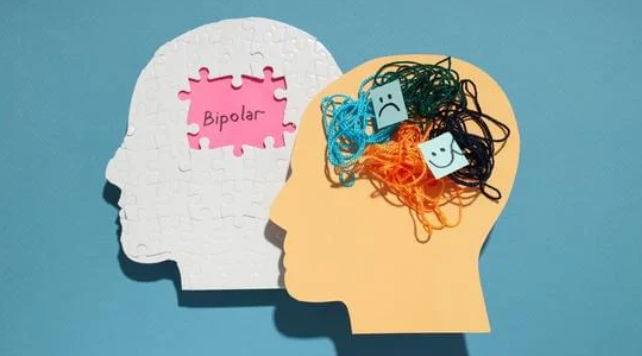Dual Diagnosis and Co-Occurring Disorders: Key Statistics & Insights
Are you wondering why managing mental health feels even harder when substance use is involved?
Many people face this exact struggle, when depression, anxiety, or bipolar disorder gets tangled up with alcohol or drug use, the challenges multiply and recovery feels almost impossible. This is what’s known as dual diagnosis.
Studies show that nearly 9.2 million U.S. adults live with both a mental health disorder and a substance use disorder at the same time, making treatment and daily life more complex.
The overlap isn’t a coincidence! Mental health symptoms can increase the risk of substance use, while drugs and alcohol can worsen underlying conditions.
In this article, you’ll discover the key statistics, real-world insights, and proven treatment pathways for dual diagnosis.
Whether you’re personally struggling or supporting a loved one, we’ll highlight therapies, integrated care approaches, and recovery options that work. So you know there’s hope and a clear direction forward.
What Are Dual Diagnoses?
Dual diagnosis refers to the presence of both a substance use disorder and a mental health condition in the same person.
Also called co-occurring disorders, these combinations are surprisingly common and create complex treatment needs that cross traditional medical boundaries.
The most frequent pairings involve depressive disorders combined with substance use, followed by anxiety disorders (including PTSD), ADHD, bipolar disorder, and psychotic conditions, all co-occurring with various forms of substance misuse.
What Do the Latest Statistics Reveal About Dual Diagnosis?
Research activity counts from SAMHSA show the scope of the problem: “opioids generate 41 evidence-based practice resources, alcohol requires 24, prescription drugs need 18, and tobacco demands 15 separate intervention approaches.”
This distribution reflects both the prevalence of different substance types and the complexity of treating them alongside mental health conditions.
Among people seeking treatment, dual diagnosis is the rule rather than the exception. The numbers vary by setting, but studies consistently show that most people with severe substance use disorders also meet criteria for at least one mental health condition.
Young adults face particularly high risk because late adolescence and early adulthood represent peak periods for both substance experimentation and the onset of major mental illnesses like depression, anxiety, bipolar disorder, and schizophrenia.

The Top Five Dual Diagnosis Combinations
Understanding the most common pairings of mental health and substance use disorders can shed light on the unique challenges each combination presents. These frequently observed dual diagnoses highlight the complex interplay between different conditions.
Let’s explore the top five.
1. Depression Plus Substance Use
Depression co-occurring with substance use disorders tops the list for good reason. Digital intervention research specifically targets this combination, recognizing both its frequency and the unique treatment challenges it presents.
The relationship works both ways: depression can drive people to self-medicate with alcohol, drugs, or prescription medications, while chronic substance use can trigger or worsen depressive episodes.
Young adults face particular vulnerability because both conditions commonly emerge during college years and early career transitions.
2. Anxiety and Trauma-Related Disorders
PTSD and trauma represent major research hotspots in dual diagnosis treatment.
Anxiety disorders, including generalized anxiety, panic disorder, and social anxiety frequently co-occur with substance use as people attempt to manage overwhelming worry, fear, or traumatic memories.
Veterans, survivors of childhood trauma, and people who experienced violence show particularly high rates of this combination. The substances involved often include alcohol, cannabis, and sometimes misused benzodiazepines.
3. ADHD and Substance Use
Clinical practice guidelines now address ADHD with comorbid substance use as a distinct treatment category.
ADHD increases risk for early substance experimentation through impulsivity, sensation-seeking, and executive function challenges.
The treatment dilemma is real: stimulant medications help ADHD symptoms but carry misuse potential. Careful risk-benefit analysis and integrated behavioral approaches become essential.
4. Bipolar Disorder and Substance Use
Machine learning studies now predict substance use disorders among people with bipolar disorder, reflecting both the frequency of this combination and its treatment complexity.
Bipolar disorder drives substance use through self-medication during depressive phases and disinhibition during manic or hypomanic episodes.
The stakes are high: people with both conditions face worse outcomes, more hospitalizations, and greater difficulty maintaining medication adherence.
5. Psychotic Disorders and Substance Use
Early psychosis programs increasingly address severe substance use as a core component rather than a side issue.
Cannabis, stimulants, and alcohol can trigger psychotic episodes in vulnerable individuals or worsen existing schizophrenia spectrum disorders.
This combination requires the most intensive interventions, often including residential treatment or assertive community support programs.
How People Experience Dual Diagnosis Treatment?
The research reveals clear patterns in what works and what doesn’t,for people navigating dual diagnosis treatment.
People with dual diagnosis value integrated approaches that treat mental health and substance use together rather than addressing each condition separately. They report feeling better understood when providers recognize how their conditions interact and influence each other.
Peer support programs like Dual Diagnosis works effectively. Participants describe gains in acceptance, social functioning, and hope when connecting with others who understand both sides of their experience.
However, stigma remains a major barrier. People report discrimination from healthcare providers, reluctance to seek care, and worse treatment outcomes when stigma is present.

What Treatment Approaches Actually Work?
Effective treatment for dual diagnosis often involves a combination of strategies personalized to the individual’s unique needs.
The table below summarizes some of the most impactful approaches, along with their strengths and common challenges.
| Treatment Type | Strengths | Challenges |
| Integrated clinical care | Addresses both conditions together, reduces fragmentation | Limited availability, requires specialized training |
| Peer-led mutual aid | Provides acceptance and mutual understanding | Not a substitute for clinical care |
| Digital interventions | Improves access, especially for depression + substance use | Technology barriers, privacy concerns |
| Family-based therapy | Builds support networks, effective for young adults | Family conflict may complicate treatment |
How is the Digital Revolution Changing Dual Diagnosis Care?
Telehealth adoption for substance use treatment increased from 13.5% to 17.4% between 2016 and 2019, with further expansion during the pandemic.
Young adults report high satisfaction with virtual behavioral health services, especially when they improve access in rural areas or reduce travel barriers.
Digital integrated interventions for depression and substance use show particular promise, offering apps, internet-based cognitive behavioral therapy, and telemedicine options that meet young adults where they are.
What Barriers Still Stand in the Way of Effective Treatment?
Access to evidence-based treatments remains uneven, particularly for medications that treat opioid use disorder.
Workforce training, regulatory barriers, and rural access limitations create gaps that disproportionately affect young adults with dual diagnoses.
Provider attitudes significantly impact treatment experiences. When clinicians demonstrate empathy and avoid judgment, patients report better engagement and outcomes.
Conversely, stigma from healthcare providers creates tangible barriers to care.
Conclusion
Dual diagnosis isn’t just a clinical curiosity, it’s a public health reality affecting millions of young adults during critical life transitions. The statistics reveal both the scope of the challenge and the promise of emerging solutions.
Recovery-oriented approaches that build social support and address housing, employment, and other social factors show the most promise for long-term success.
When treatment addresses the whole person rather than just symptoms, outcomes improve across the board.
The research is clear: integrated, stigma-free, accessible treatment works. The challenge now is scaling these approaches to meet the growing need among young adults facing the complex realities of dual diagnosis.
At Thoroughbred Mental Health Care, we specialize in helping individuals navigate the complexities of dual diagnosis with compassion, expertise, and personalized treatment plans that address all the needs.
Schedule your initial session today. Call us or fill out the contact form on our website, and let’s start building a healthier, more stable tomorrow together.








